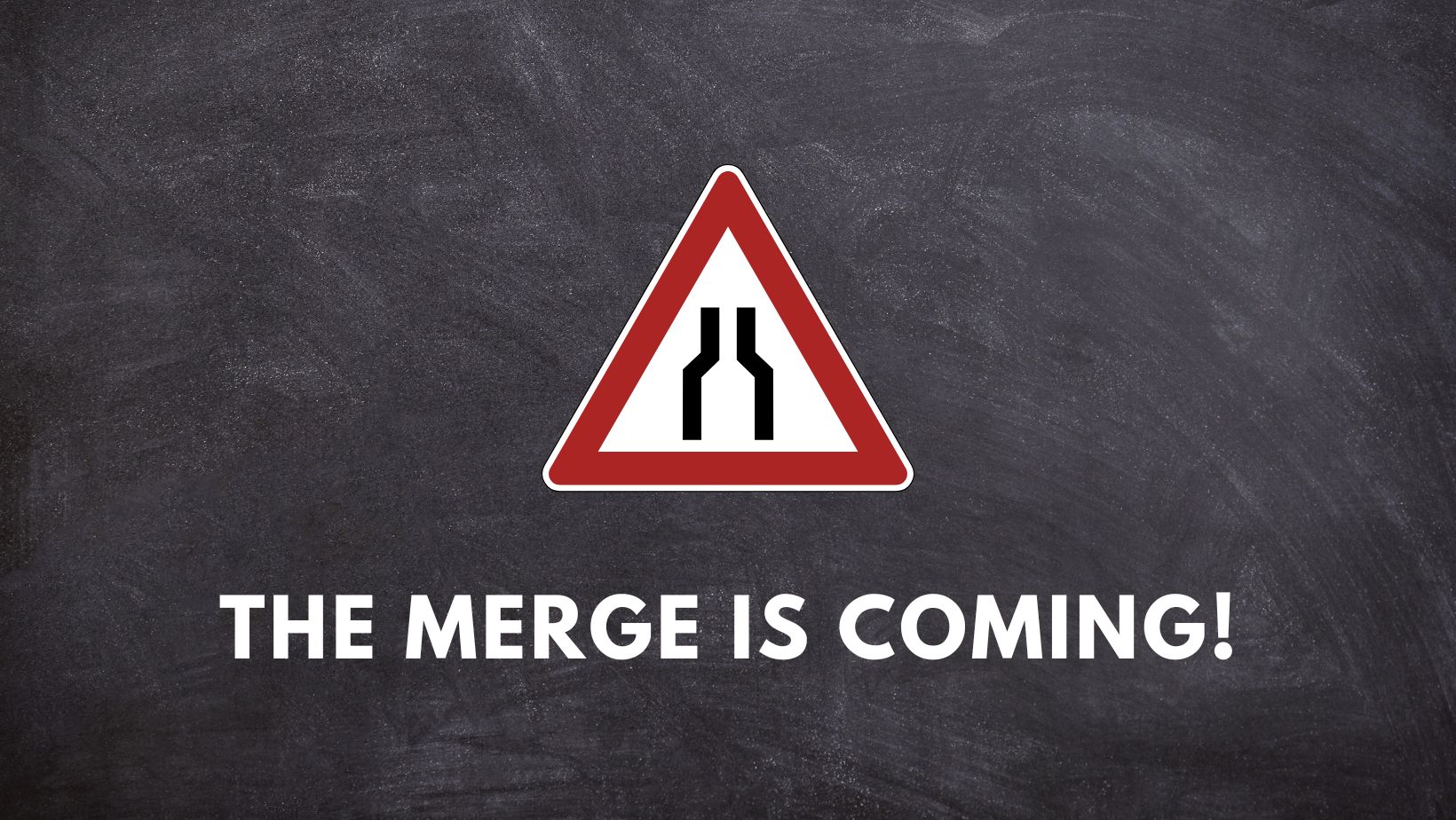The most awaited, most discussed, most anticipated “the merge” is finally happening in a few days. This upgrade is regarded as the most significant upgrade in the history of Ethereum. But, exactly what is going to happen? What entails after the merge? Let’s understand exactly what is all this fuss about, why this merge is important, and how it’s going to affect you.
What’s happening exactly?
This image from the ethereum foundation’s blog post about the merge explains very aptly.
The Merge represents the joining of the existing world state and execution layer of Ethereum with the new proof-of-stake consensus layer, the Beacon Chain. Earlier, this world state and execution layer was working with PoW consensus engine. A truly exciting step in realizing the Ethereum vision – more scalability, security, and sustainability.
Let’s try to understand with an example. I think Vitalik himself had given this example while explaining the merge. Imagine, ethereum is a car that is moving at some variable speed. Sometimes very fast and sometimes very slow due to congestion. Now all the users are passengers and they are sitting inside this car. PoW is the engine of this car which is very heavy, noisy, and burns a lot of fuel. The merge is nothing but replacing this old, noisy engine with the newer, lightweight engine which works on PoS. Users sitting inside a card won’t even notice something has been changed. But running the car has become simpler and safer.
Why the merge?
Ethereum currently works on a proof of work(PoW) consensus algorithm. PoW is mathematically challenging and thus computationally very heavy. Also, there are limitations when it comes to the scalability of the PoW networks. They are a bit tricky to scale vertically. PoS on the other hand is more scalable, secure, and lightweight. It also lays a solid foundation for future upgrades like sharding and other scaling solutions. Read more about PoS consensus here,
What changes to expect?
As we already know, the merge is one of the most anticipated and important updates to the Ethereum blockchain. There are some changes that will be needed on behalf of some stakeholders.
But first, the good news! For users using the Dapps, there are no changes literally. Despite swapping out proof-of-work, the entire world state of Ethereum since genesis remains intact and unaltered after the transition to proof-of-stake. Any funds held in your wallet before The Merge will still be accessible after The Merge. No action is required.
There are a few changes on the application layer. So, Dapp developers and smart contract guys need to be aware of a few things as we are approaching the merge. The following things are going to be altered post-merge:
- block structure
- slot/block timing
- opcode changes
- sources of on-chain randomness
- concept of safe head and finalized blocks
We will explore these changes and exactly what opcodes are changed in depth in another article.
Some hard facts about the merge ( these can easily be the most important takeaways from this article ):
- There won’t be any reduction in fees post-merge. I mean it’s just a change in the consensus mechanism.
- This merge is not going to increase the transaction speed or throughput of the chain. But it definitely lays the foundation where these features can be added in the future.
- There won’t be any downtime on ethereum. At least the change in the consensus engine is planned this way. Once it happens, you won’t even notice something has changed.
- You need to stake 32 ETH in order to run a node. No. You can spin up a node for free, anytime anywhere. But, you have to stake 32 ETH in order to be a validator.
- If you have staked your ETH, you cannot withdraw it yet. The merge doesn’t end the withdrawal lock. There is a Shanghai update that will follow which will allow withdrawals.
Bring it on the merge!


Comments
One response to “The merge is coming!”
[…] now. And it has already reduced Ethereum’s energy consumption by 99.99%. As discussed in the last article, we know that the merge is all about replacing the PoW consensus layer with the PoS consensus […]